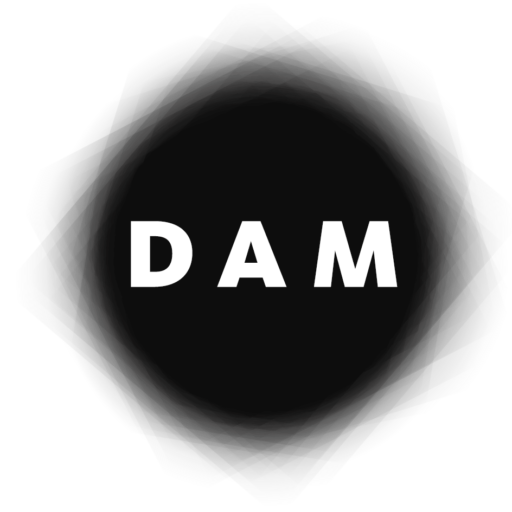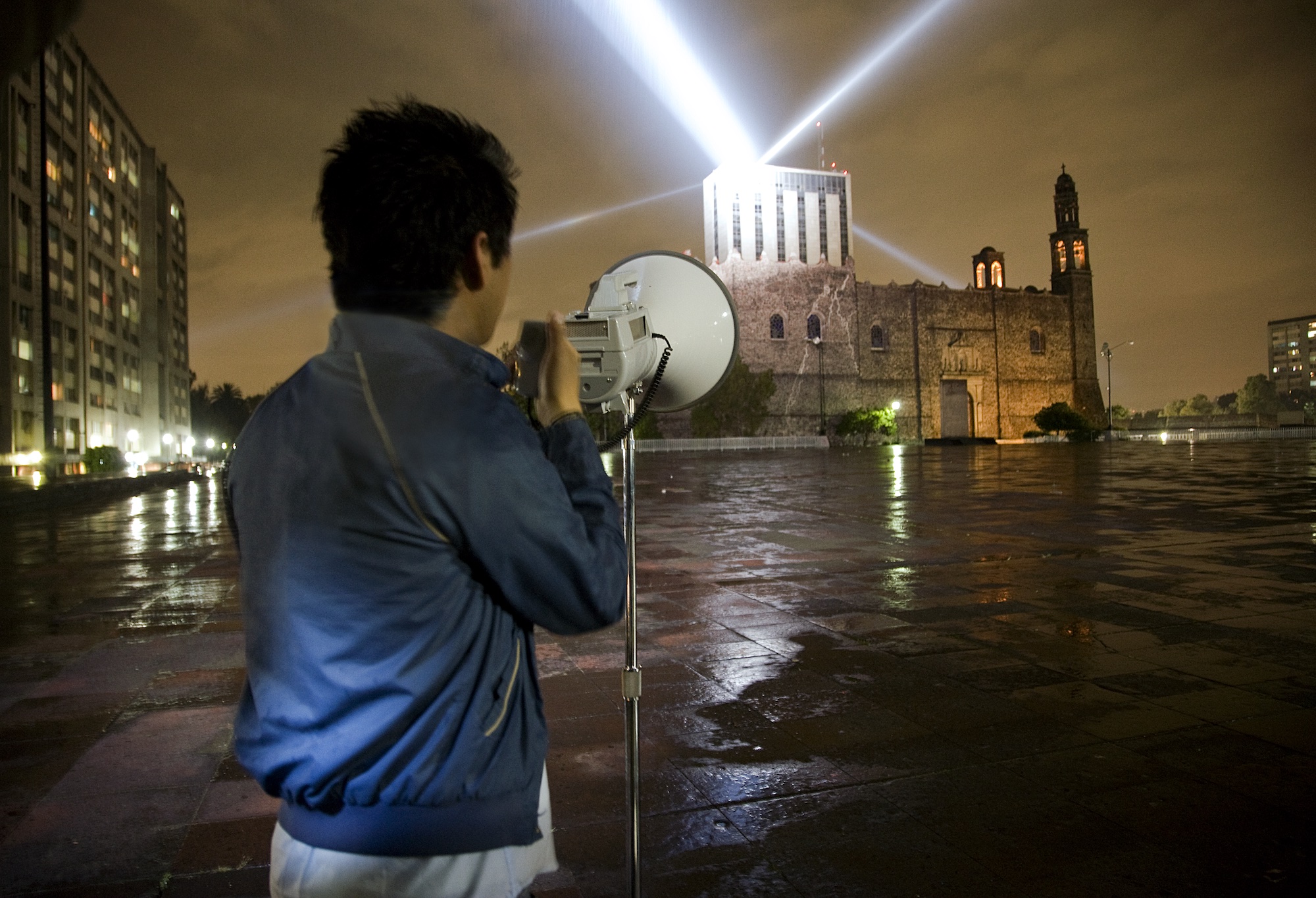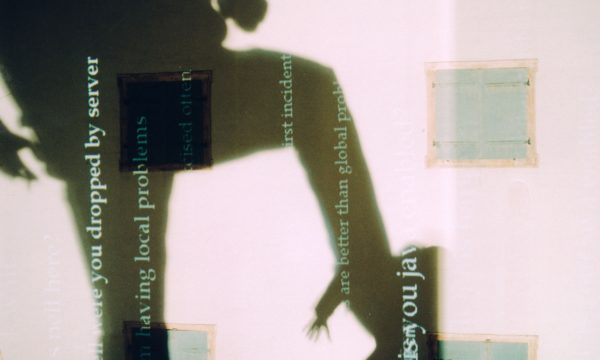Border Tuner / Sintonizador FronterizoRelational Architecture 23, 2019
“Border Tuner” is a large-scale, participatory art installation designed to interconnect the cities of El Paso, Texas, and Ciudad Juárez, Chihuahua. Powerful searchlights make “bridges of light” that open live sound channels for communication across the US-Mexico border. The piece creates a fluid canopy of light that can be modified by visitors to six interactive stations, three placed in El Paso and three in Juárez.
Voice TunnelRelational Architecture 21, 2013
An installation designed to transform the Park Avenue Tunnel in New York City with 300 theatrical spotlights that produce glimmering arches of light along the tunnel’s walls and ceiling. Participants control the intensity of each light by speaking into an intercom at the tunnel’s center which records their voice and loops it. Louder speech increases the lights’ brightness proportionally, creating a Morse-like code of flashes throughout the tunnel. The individual voices can be heard as pedestrians walk through the tunnel, on 150 loudspeakers, one beside each light arch and synchronized with it. At any given time, the tunnel is illuminated by the voices of the past 75 participants: as new participants speak into the intercom, older recordings get pushed away by one position down the array of light fixtures until they leave the tunnel, so that the content of the piece is changing constantly.
SandboxRelational Architecture 17, 2010
Sandbox is a large-scale interactive installation created originally for Glow Santa Monica. The piece consists of two small sandboxes where one can see tiny projections of people who are at the beach. As participants reach out to touch these small ghosts, a camera detects their hands and relays them live to two of the world’s brightest projectors, which hang from a boom lift and which project the hands over 8,000 square feet of beach. In this way people share three scales: the tiny sandbox images, the real human scale and the monstrous scale of special effects.
Solar EquationRelational Architecture 16, 2010
“Solar Equation” is a large-scale public art installation that consists of a faithful simulation of the Sun, 100 million times smaller than the real thing. Commissioned by the Light in Winter Festival in Melbourne, the piece features the world’s largest spherical balloon, custom-manufactured for the project, which is tethered over Federation Square and animated using five projectors. The solar animation on the balloon is generated by live mathematical equations that simulate the turbulence, flares and sunspots that can be seen on the surface of the Sun. This produces a constantly changing display that never repeats itself, giving viewers a glimpse of the majestic phenomena that are observable at the solar surface and that only relatively recent advances in astronomy have discovered. Using an iPhone, iPod touch or iPad, people may disturb the animations in real-time and select different fluid dynamic visualizations.
Voz AltaRelational Architecture 15, 2008
“Voz Alta” (Loud Voice) is a memorial commissioned for the 40th anniversary of the student massacre in Tlatelolco. Participants who speak into a megaphone automatically control the brightness of four searchlights that relay their voice over Mexico City as quiet light flashes; tuning into 96.1FM radio allows people anywhere in the city to listen in live to what the lights are saying.
Pulse ParkRelational Architecture 14, 2008
“Pulse Park” is comprised of a matrix of light beams that graze the central oval field of Madison Square Park. Their intensity is entirely modulated by a sensor that measures the heart rate of participants and the resulting effect is the visualization of vital signs, arguably our most symbolic biometric, in an urban scale.
Under ScanRelational Architecture 11, 2005
“Under Scan” is a public art installation based on self-representation. Thousands of “video-portraits” taken in Derby, Leicester, Lincoln, Northampton and Nottingham are projected onto the ground; at first, the portraits are not visible because the space is flooded by white light coming from a high-powered projector. As people walk around the area, their shadows are cast on the ground, revealing the video-portraits in short sequences.
Body MoviesRelational Architecture 6, 2001
“Body Movies” transforms public space with interactive projections measuring between 400 and 1,800 square metres. Thousands of photographic portraits, previously taken on the streets of the host city, are shown using robotically controlled projectors. However the portraits only appear inside the projected shadows of the passers-by, whose silhouettes can measure between two and twenty-five metres depending on how close or far away they are from the powerful light sources positioned on the ground.
Vectorial ElevationRelational Architecture 4, 1999
“Vectorial Elevation” is an interactive art project originally designed to celebrate the arrival of the year 2000 in Mexico City’s Zócalo Square. The website www.alzado.net enabled any Internet user to design light sculptures over the city’s historic centre, with eighteen searchlights positioned around the square. These searchlights, whose powerful beams could be seen within a 15 kilometers radius, were controlled by an online 3D simulation program and visualised by digital cameras. A personalised webpage was produced for every participant with images of their design and information such as their name, dedication, place of access and comments.
Re:Positioning FearRelational Architecture 3, 1997
“Re:Positioning Fear” was the third relational architecture project. A large scale installation on the Landeszeughaus military arsenal with a “teleabsence” interface of projected shadows of passers-by. Using tracking systems, the shadows were automatically focused and generated sounds. A real-time IRC discussion about the transformation of the concept of “fear” was projected inside the shadows; the chat involved 30 artists and theorists from 17 countries.
Displaced EmperorsRelational Architecture 2, 1997
“Displaced Emperors” was an installation that used an “architact” interface to transform the Habsburg Castle in Linz, Austria. Wireless 3D sensors calculated where participants pointed to on the façade and a large animated projection of a hand was shown at that location. As people on the street “caressed” the building, they could reveal the interiors of the Habsburg residence in Mexico City, Castillo de Chapultepec.
More works
Shadow Object (2012-today)
Shadow Box (2006-today)
Subsculpture (2004-2014)
Relational Architecture (1997-present)











